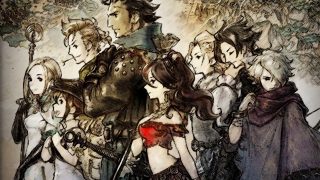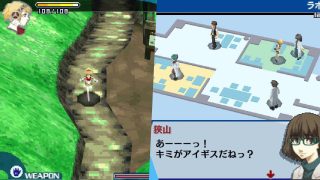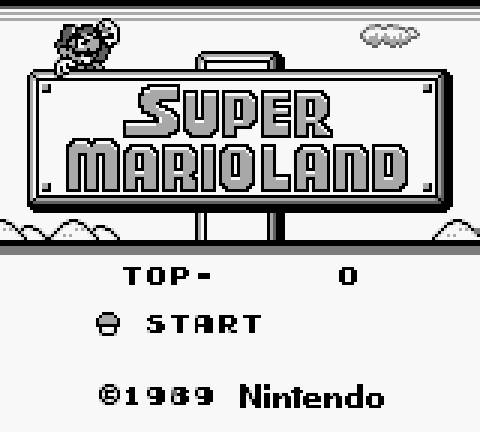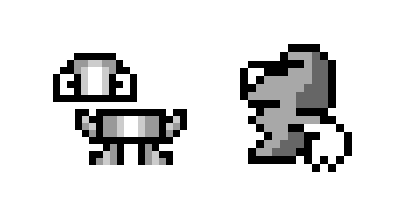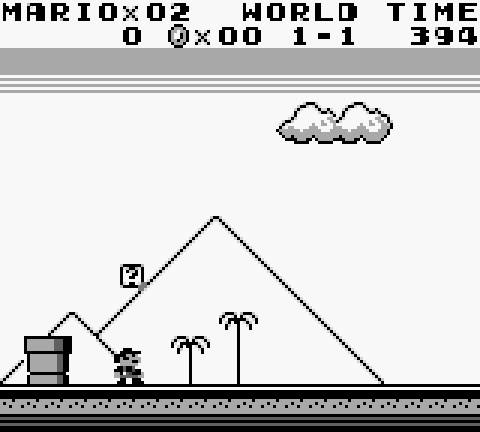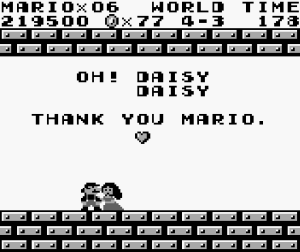A launch game for the original Gameboy, 1989’s Super Mario Land was specifically designed for the handheld by its creator, the late Gunpei Yokoi, and his team at Nintendo R&D1. As a result the title was the first game featuring Mario to be untouched by his creator Shigeru Miyamoto, and it really, really shows once you start playing it.
Taking place in the never-before-seen kingdom of Sarasaland, Mario has to rescue a totally new princess, Daisy. When you start playing the game things immediately feel a little off; rather than the typical rolling green hills that usually await you in World 1-1 you are instead greeted by a background spotted with Egyptian pyramids and palm trees. It isn’t until you start pressing buttons that things finally feel familiar, with all the jumps and brick-bashing you’d expect from the iconic plumber. This familiarity is soon shattered again, however, when you run into some old foes, namely the classic Koopa Troopa. Typically when you come across one of these turtles in a Mario title your instinct is to stomp it and give it a swift kick to the shell, but if you try that in Super Mario Land you’ll be standing in front of the shell perplexed until it inexplicably explodes in Mario’s face. A life is lost and questions are raised, but you never really get an answer.
Exploding Koopa Troopas aren’t even the most bizarre enemies in Sarasaland. There’s Mekabon, the tiny robot who launches his head like a boomerang, and Tokotoko, a sunglasses-wearing moai head with arms that somehow moves at mach speed despite lacking legs. Enemy designs like these inject a lot of personality into such a small game, and it’s a shame very few of these weird critters have made appearances since.
The main platforming levels are just as unique as the enemies that inhabit them. Rather than being based on forests, volcanos and castles, Sarasaland is made up of four worlds inspired by real locations. After exploring the aforementioned Egypt-a-like (Birabuto), Mario travels to analogs based on Bermuda (Muda), Easter Island (Easton) and China (Chai). Special praise has to be given to the music in these levels, too. Composed by Hirokazu Tanaka, the tracks may be his most memorable and catchy work yet, which is saying something considering he also provided music for Dr. Mario and EarthBound during his time at Nintendo.
It’s likely that Super Mario Land’s bizarre nature is due to its inception in an era when the franchise wasn’t nearly as well defined as it is today. The developers had a lot of leeway when it came to creating content, and they had a lot of fun playing with whatever expectations did exist at the time. For instance, the second tier power-up is a flower with an almost identical appearance to the classic Fire Flower, but when you grab it Mario instead has access to an infinite amount of bouncy balls, requiring a totally different approach to taking down enemies. Then there’s how Mario just so happens to be in a submarine or a plane for a few levels, shooting down enemies as if he’s starring in a slow-paced but still surprisingly hectic Gradius clone. The game is full of surprises for newcomers and classic fans alike, making it an incredibly memorable experience.
Super Mario Land was a massive success for Nintendo and the Gameboy, selling just over 18 million copies. The game, combined with fellow launch title Tetris, helped secure a significant audience for the handheld. Yet the title remains something of an oddity. It’s sequel, Super Mario Land 2: 6 Golden Coins, removed much of the wackiness in favor of more standard Mario fare, and eventually the side-series was hijacked by Wario for a run of fantastic Game Boy platformers that eventually dropped the Super Mario Land moniker completely.
Princess Daisy is the only link to Sarasaland that remains in modern Mario games; the rest of its residents and locales haven’t been referenced since. Super Mario Land is seemingly a game so strange that even Nintendo, a company that loves calling back to its legacy no matter how ridiculous, refuses to acknowledge it in any meaningful way.
All hope is not lost though, as the game is still available on the 3DS Virtual Console and I’d heartily recommend dipping into this bizarre piece of Nintendo history to experience it for yourself. Just don’t blame me when Birabuto’s theme is stuck in your head for weeks to come.
Leave a Comment